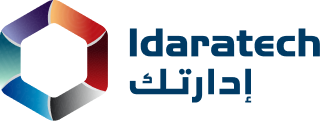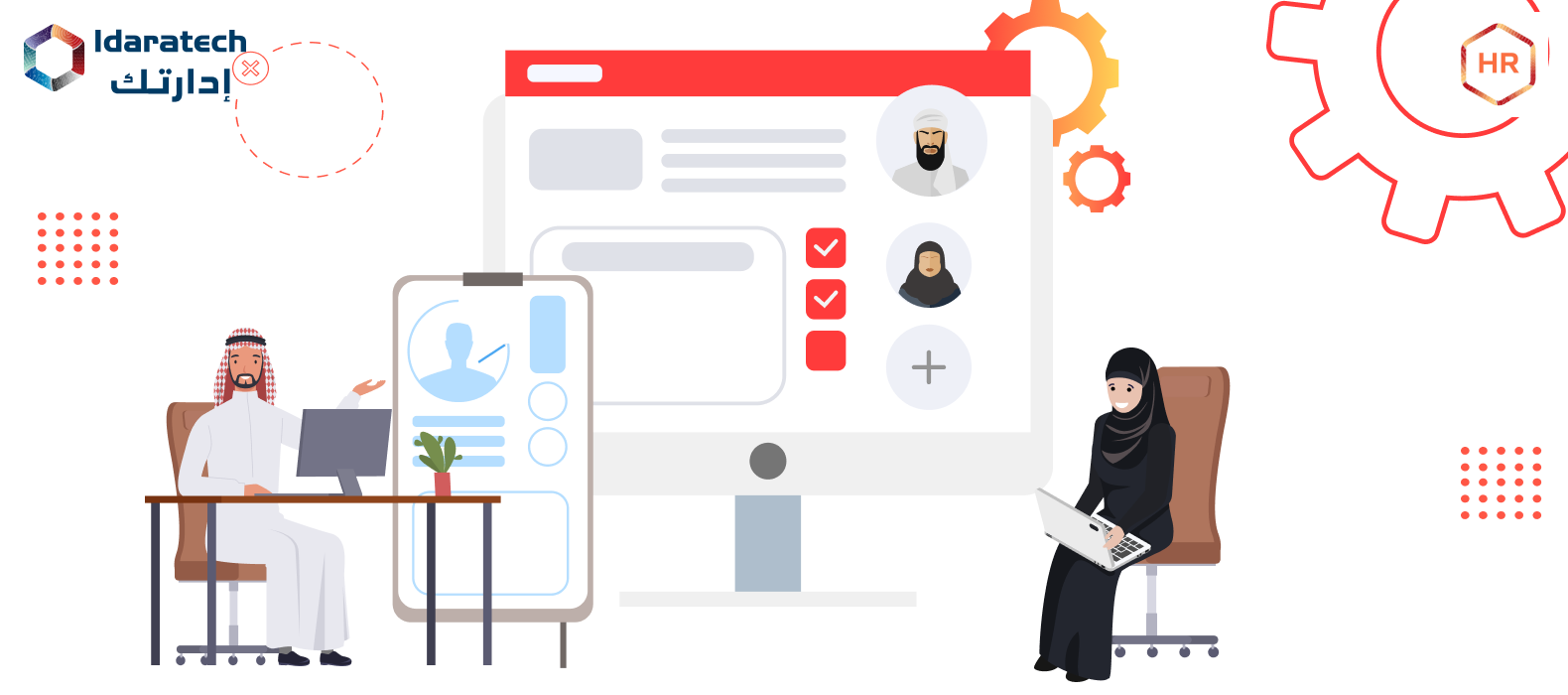Human resource management systems, or HRMSs, are being used more often. In actuality, by 2025, it is anticipated that the worldwide HRMS market will reach $30 billion.
The term “fully-integrated HR system” refers to a group of software programmes that provide a variety of HR services on a single platform. The maintenance of databases, time and attendance, payroll, and recruitment can all be assisted by this HR system.
In a recent survey, it was discovered that 54% of businesses are boosting their expenditures on HR technology, and for the correct reasons.
An organization’s HR functions can be managed effectively and completely using an integrated HR system. It combines diverse HR operations into one system, including hiring, onboarding, training, payroll, timekeeping, scheduling, and performance management. Organizations can gain various advantages from an integrated HR system, such as greater accuracy, cost savings, efficiency gains, and better visibility into HR activities.
Choosing the best-integrated HR solution may make all the difference. An integrated HR system is an important resource for any organization that wants to maximize its employees and generate better business outcomes.
What is an Integrated HR System?

An integrated HR system is a comprehensive software programme that automates and simplifies numerous HR-related operations. With this system, HR staff can effectively manage and track employee data and centralise company HR operations.
An integrated HR system often contains modules for hiring and onboarding new employees, performance management, monitoring time and attendance, processing payroll, handling benefits administration, and employee self-service. The system is intended to simplify managing HR duties, lessen HR professionals’ workload, and increase HR-related information accuracy and timeliness.
Additionally, an integrated HR system enables organisations to make better data-driven decisions by offering real-time insights into HR indicators like employee attrition, absenteeism, and performance. Ensuring that employee data is accurate, current, and secure also assists organisations with meeting legal and regulatory requirements.
An integrated HR system can potentially considerably increase HR productivity and effectiveness, improve employee experience, and promote organisational success.
The Best Integrated HR Solutions in Idaratech HR

A company must carefully analyze its organization’s specific demands and objectives before selecting the best-integrated HR solution. Considering the features and capabilities given by various solutions and the organization’s HR operations, budget, and available resources is critical. Idaratech HR provides many Integrated HR Solutions like scheduling, timeclock, leave management, report, payroll, work chat, biometrics, and multiple shifts.
1. Scheduling
A vital aspect of integrated HR solutions is scheduling. Ensuring the workforce functions successfully and efficiently entails organizing and coordinating staff work schedules, shifts, and tasks. Organizations can make the most of their resources while still meeting operational requirements with the help of an efficient scheduling system.
Additionally, it guarantees that workers know their duties, work schedules, and expectations. Due to its ability to manage workforces, save labour expenses, and boost productivity, scheduling is a crucial part of Integrated HR Solutions. Organizations can expedite their scheduling procedures and obtain real-time insight into their workforce by installing advanced scheduling software and tools, which can then be used to help them decide how to allocate resources and evaluate employee performance.
2. Timeclock
Timeclocks are an important element of Integrated HR Solutions. Employers can precisely track and record their staff members’ working hours, breaks, and overtime due to these technological solutions. Employers can track employee attendance automatically with time clocks, lowering the possibility of mistakes and ensuring that workers are paid correctly. Organizations may create an efficient workflow to manage their personnel by connecting time clocks with other HR systems, such as payroll and scheduling software.
Additionally, timeclocks give businesses useful information that they may use to spot potential compliance issues and areas where employee productivity can be increased. Time clocks are a crucial tool for companies that wish to manage their staff precisely and effectively.
3. Leave management
Leave management is the key component of Integrated HR Solutions. It involves managing employee absences, such as sick time, vacation time, and other paid and unpaid leave types. Organizations may track employee absences, handle leave requests, and guarantee adherence to state and local laws and regulations with the help of an efficient leave management system.
An integrated leave management system can also help decrease errors and increase the accuracy of payroll calculations, saving HR staff members time and money. In general, leave management is a crucial element of integrated HR solutions that can assist businesses in managing their staff more efficiently, lowering the risk of compliance problems, and enhancing employee satisfaction.
4. Report
A significant component of integrated HR solutions is reporting. It entails creating and analyzing data about numerous HR operations, including hiring, performance management, and staff turnover. Organizations can learn more about their workforce, pinpoint areas for improvement, and make data-driven choices with the help of an efficient reporting system.
Organizations can develop customized reports that offer real-time insights into their HR operations by combining reporting with other HR systems, such as payroll and timekeeping software. The HR team can use these reports to spot patterns, monitor compliance, and assess organizational goal progress. Reporting is crucial for companies looking to enhance their HR operations, maximize their staff, and produce better financial results.
5. Payroll
The management and processing of employee remuneration, including salaries, wages, bonuses, and benefits, is known as payroll. Organizations may ensure that their employees are paid correctly and on time while minimizing errors and compliance issues by using an efficient payroll system. Organizations can establish an efficient workflow to manage employee compensation more effectively by integrating payroll with other HR systems, such as timekeeping and leave management software.
An integrated payroll system can also aid in lowering administrative expenses and streamlining HR procedures, which can assist HR staff save time and resources. Overall, payroll is a crucial component of integrated HR solutions that may assist businesses in effectively managing their personnel, ensuring compliance with state and local legislation, and ensuring employee happiness.
6. Workchat
Integrated HR Solutions’ Workchat is an effective tool for communication. No matter their location or time zone, it enables employees and HR personnel to connect and work together in real-time. Workchat can be integrated with other HR systems, such as payroll and timekeeping software, to enable businesses to build a seamless workflow for communication and collaboration that helps them manage their employees more efficiently.
By enabling employees to communicate with one other and HR professionals more organically and intuitively, Workchat can also enhance employee engagement and job satisfaction. Overall, Workchat is a crucial part of integrated HR solutions that can aid businesses in increasing staff productivity, enhancing communication and teamwork, and achieving better financial results.
7. Biometrics
Modern technology called biometrics can be included in integrated HR solutions. It involves verifying a person’s identity using distinctive physical or behavioural traits, such as voiceprints, facial recognition, or fingerprints. In areas like access control and time and attendance tracking, biometric technology can increase security and decrease fraud.
Additionally, by facilitating quicker and easier access to HR systems, biometrics can help to increase employee convenience and satisfaction. Biometrics is a potent instrument that may assist organisations in enhancing their HR processes, maximising their staff, and achieving better business results.
8. Multiple shifts
Many companies, especially those with 24/7 operations or long hours, use multiple shifts as a standard practice. Scheduling, tracking time, and processing payment for a crew that works several shifts can be difficult. Regardless of the number of shifts or people involved, businesses may manage their workforce more efficiently by integrating scheduling, timekeeping, and payroll systems.
An integrated HR solution can also support compliance with the regional and national legislation governing working hours, breaks, and overtime. A comprehensive HR solution may make managing multiple shifts considerably simpler. Multiple shifts are crucial for companies wishing to maximise their employees and improve business outcomes.
Is It Beneficial to Use Integrated HR System for Any Organization

Yes! Regardless of the size or industry of the organization, having an integrated HR system may be very beneficial. An integrated HR system may help organizations reach their strategic objectives by automating repetitive HR operations and offering real-time data insights. Some of the key benefits of putting in place an integrated HR system are listed below:
- Streamlined procedures: An integrated HR system enables streamlined HR procedures, decreasing the workload of HR employees and freeing up time for other strategic activities. This boosts productivity and efficiency.
- Data Accuracy: An integrated HR system guarantees that employee data is accurate and current, lowering the risk of errors and assuring compliance with legal and regulatory standards.
- Better Data-Driven Decision-Making: An integrated HR system enables organizations to make better data-driven decisions by providing real-time insights into HR indicators, including employee attrition, absenteeism, and performance.
- Enhanced Employee Experience: By allowing employees to access their information, giving self-service choices, and minimizing the time and effort needed to execute basic HR tasks, an integrated HR system may enhance the employee experience.
- Cost Savings: By lowering the time and resources needed to handle HR operations and giving organizations insights into HR-related expenditures, an integrated HR system can help organizations save money.
Conclusion
In conclusion, an integrated HR system is an excellent tool that can assist organizations in managing their HR activities more successfully. Organizations can increase productivity, lower expenses, and improve employee satisfaction by combining several HR tasks into one system. An integrated HR system can help organizations be more effective, efficient, and competitive in the quickly evolving corporate world.
An integrated HR system can also help to increase compliance with state and municipal laws, lessen the administrative burden, and boost employee satisfaction. The organization’s particular demands and objectives must be carefully considered when selecting the best-integrated HR solution. Organizations may streamline HR processes, increase compliance, and improve employee performance by implementing the correct Integrated HR System.
FAQ’s
Question 1: What exactly is an “Integrated HR System”?
An integrated HR system is a thorough and efficient method for managing an organization’s HR operations. It combines diverse HR operations into one system, including hiring, onboarding, training, payroll, timekeeping, scheduling, and performance management.
Question 2: What advantages can integrated human resource systems offer?
Organizations can gain various advantages from an integrated HR system, such as greater accuracy, cost savings, efficiency gains, and better visibility into HR activities. An integrated HR system can also help to increase compliance with state and municipal laws, lessen the administrative burden, and boost employee satisfaction.
Question 3: How can an integrated HR system improve compliance with state and local legislation?
Organizations can ensure compliance with state and municipal rules regarding working hours, breaks, overtime, and other HR-related regulations by using an integrated HR system. The system provides a real-time view of compliance status, which can automate compliance-related operations like tracking employee hours and figuring out overtime pay.
Question 4: Can the employee experience be improved with an integrated HR system?
Yes, an integrated HR system can enhance the employee experience by giving staff members quick access to resources for HR, including online training modules, self-service portals, and mobile apps. Additionally, the system may help streamline HR procedures, like onboarding and performance management, to improve their effectiveness and efficiency.



